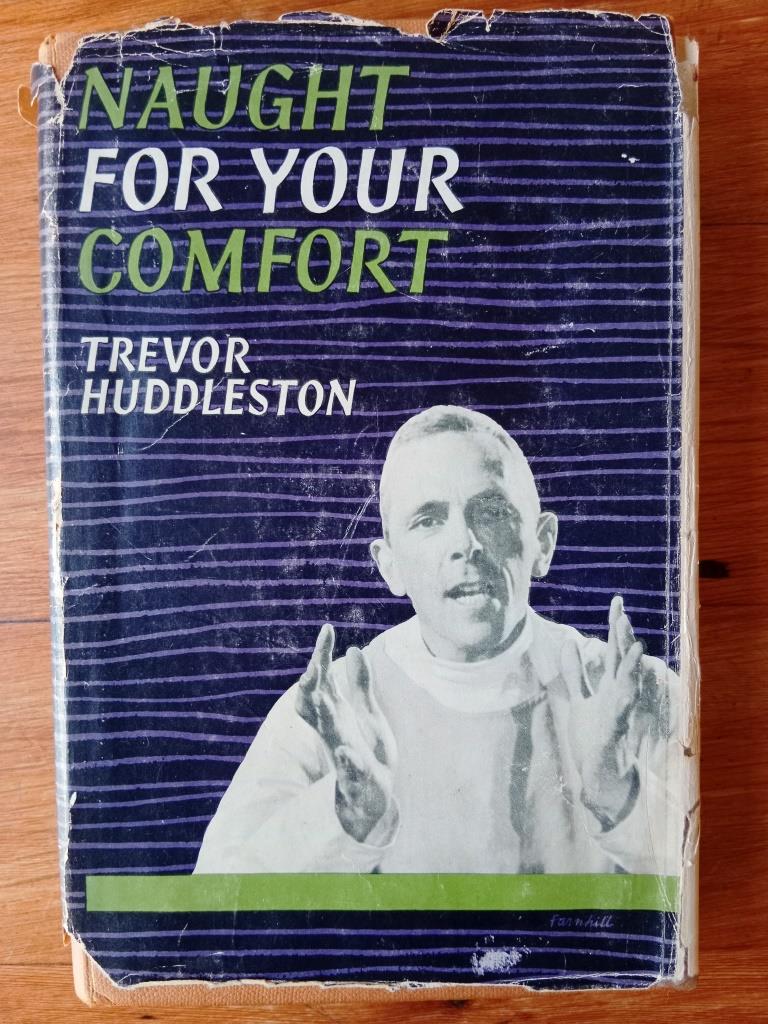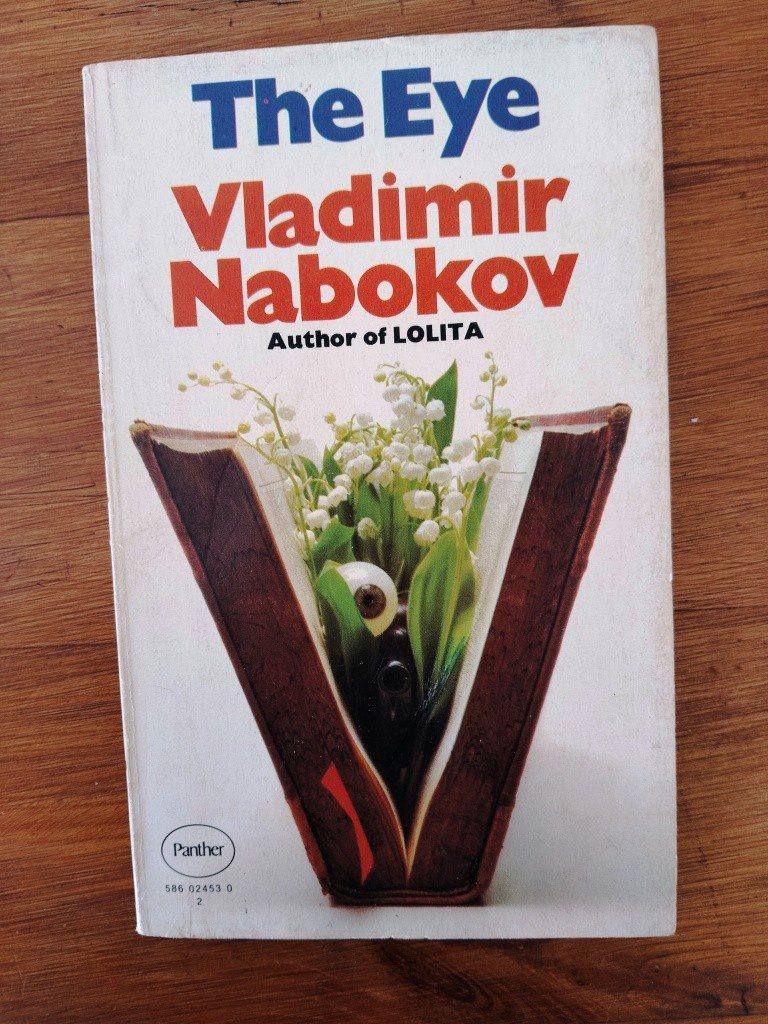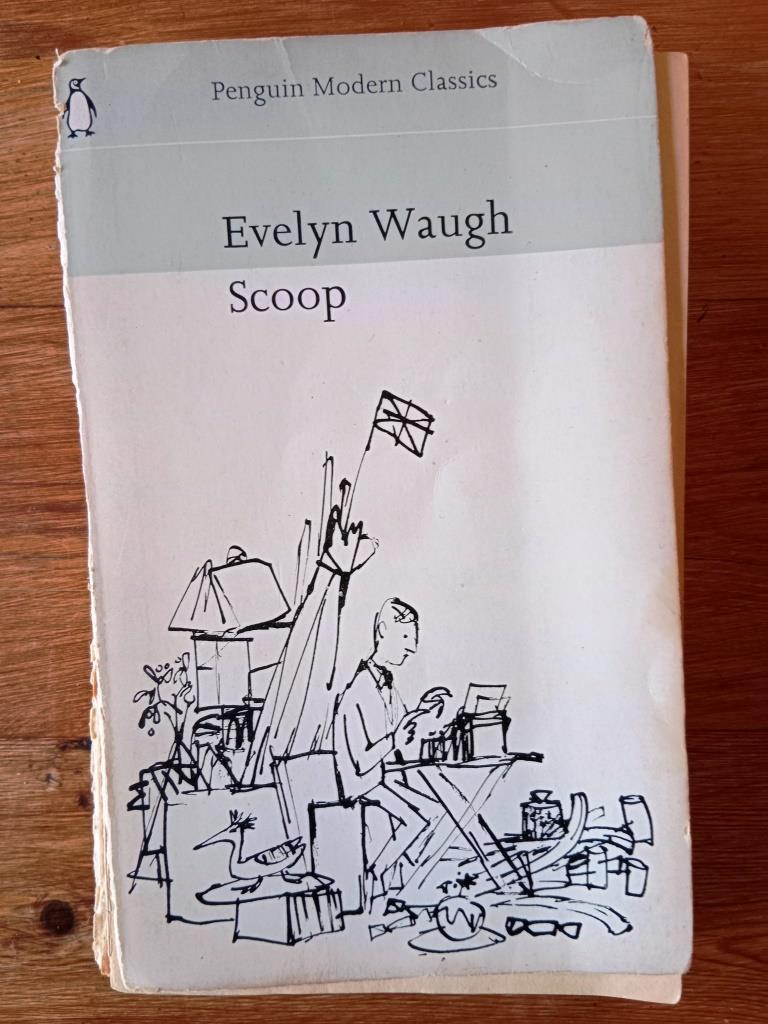Trevor Huddleston was born in Bedfordshire in the UK in 1913. He trained to become an Anglican priest and in 1940 arrived in Cape Town, South Africa. Huddleston established himself in Sophiatown (Johannesburg) and lived and worked there for a period of 13 years before returning to England in 1956. He thereafter held various positions around the British Empire before his death in 1994. Huddleston was best known as anti-apartheid activist and for his book Naught for your Comfort, which was published in 1956.
Every chapter and every page of this book will either make your blood boil or tears to flow at the atrocities of the apartheid regime. Huddleston provides a tell all of life for the black man under such a cruel regime. Most of the book centres around Huddleton’s time in Sophiatown. He describes it as a vibrant community full of life and love, though overcrowded with people living in squalor, and the constant frustration of crime.
The pass law was enforced during this time, meaning that black people had to carry a pass at all times, which restricted their movements. Huddleston describes many an occasion where he had to bail people out of jail for not having their passes.
A lot of his work concerned helping people in informal settlements and their struggle to access formal housing. Black people were not allowed to own property and were forced to live in locations away from white people, to the extent of a buffer zone or ‘no man’s land’ between the living areas of both races. A chilling description of these locations he provides us with: “It is not a bad target form the air either. And its buffer strip ensures that no European suburb will be hit by mistake.”
Known for his charity, a touching tale is of Hugh, who wanted to study music and for whom Huddleston bought his first trumpet. This was Hugh Masekela who went on to become a world-famous musician.
The saddest part of the book is the destruction of Sophiatown. As the white population grew, white suburbs were established more and more westwards, and eventually to the edge of Sophiatown. It was desirable land and so it was declared for white people’s usage, and the township was earmarked for demolition. Huddleston recounts the sadness of this action and the removal of the people to another location, despite his and other’s protest attempts.
Huddleston was a priest, and the tone of this book is of course from a religious perspective. Most of all Huddleston is deeply saddened by the lack of action from Christians in opposing the apartheid regime. In many instances his writing tries to persuade Christians of all denominations to come together and fight apartheid as one force.
Huddleston’s legacy lives on in Sophiatown. The Trevor Huddleston Memorial Centre was established which develops youth upliftment programmes in Johannesburg. Huddleston also developed a feeding scheme for disadvantaged children, which continues to this day. He had a love for the arts and the Memorial Centre hosts programs for young people to gain a foothold in the arts industry.
This is an important book and must not be forgotten. It is very uncomfortable reading but is a must-read.
As always, happy reading.
Dion Govender
Proprietor
Red Owl Books






